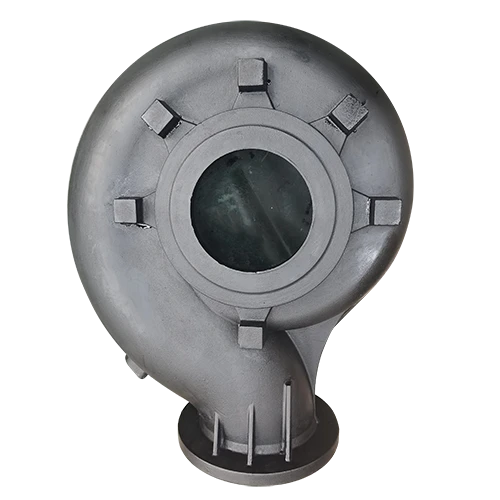Mobile:+86-311-808-126-83
Email:info@ydcastings.com
3D Printed Molds Revolutionizing Metal Casting Techniques for Enhanced Precision and Efficiency
The Evolution of Metal Casting Harnessing the Power of 3D Printed Molds
The process of metal casting has been an essential technique in manufacturing for centuries, allowing artisans to create intricate designs that would be impossible to achieve through traditional machining methods. With the advent of modern technologies, particularly 3D printing, the landscape of metal casting has undergone a significant transformation. This article explores the intersection of metal casting and 3D printed molds, highlighting the advantages, challenges, and future prospects of this innovative approach.
Traditionally, metal casting involves creating a mold, into which molten metal is poured to form a desired shape. These molds have historically been made from materials like sand, metal, or ceramic. Each method has its pros and cons. Sand molds are relatively inexpensive and versatile, but they often lack precision and durability. Metal and ceramic molds provide better accuracy and can be reused, but they come with higher costs and longer lead times for production.
Enter 3D printing, a technology that has revolutionized manufacturing processes across various industries. By using additive manufacturing techniques, 3D printing can create complex shapes and intricate designs that would be exceedingly difficult or impossible to produce using traditional molding methods. The ability to rapidly prototype and produce molds on-demand is a game changer in the field of metal casting.
The Evolution of Metal Casting Harnessing the Power of 3D Printed Molds
Additionally, 3D printing enables greater design freedom. Designers can create highly intricate geometries and internal features that would be challenging to achieve with conventional methods. This design flexibility can lead to more efficient parts since lightweight structures can be manufactured, reducing material waste and improving overall performance. For industries such as aerospace and automotive, this aspect is crucial for maintaining a competitive edge.
metal casting with 3d printed molds

Moreover, 3D printed molds allow for more complex cooling channels to be integrated into the mold design. Traditional molds often rely on external cooling methods, which can lead to uneven cooling rates and potential defects in the cast item. By embedding cooling channels directly into the mold, manufacturers can ensure uniform temperature control, minimizing the risk of casting defects and improving the overall quality of the finished product.
However, the integration of 3D printed molds into the metal casting process is not without its challenges. One major concern is the material properties of 3D printed molds. While advancements have been made, the thermal resistance and durability of these molds can sometimes fall short compared to traditional materials, particularly when dealing with high-temperature metals. Further research and development are needed to enhance the performance of 3D printed molds under extreme conditions.
Another challenge is the initial investment in 3D printing technology. While the costs of 3D printers have decreased significantly in recent years, setting up a reliable system for producing high-quality molds can still require substantial capital. For smaller foundries or companies, this upfront investment may be a barrier to entry, despite the long-term savings that could be realized through increased efficiency.
Despite these challenges, the potential of 3D printed molds in metal casting cannot be overstated. As technology continues to evolve, it is likely that the barriers currently facing this integration will be addressed, leading to wider adoption across various manufacturing sectors. Collaborative efforts between material scientists, engineers, and manufacturers will be essential to drive innovation and optimize the manufacturing processes involved.
In conclusion, merging metal casting with 3D printed molds presents a transformative opportunity to enhance manufacturing efficiency, reduce lead times, and enable complex designs previously thought unattainable. While there are hurdles to overcome, the future of metal casting enriched by 3D printing looks promising. As industries continue to adapt to new technologies, the integration of 3D printed molds into metal casting processes may well become the new standard, setting the stage for further innovations in the field.
-
Why Should You Invest in Superior Pump Castings for Your Equipment?NewsJun.09,2025
-
Unlock Performance Potential with Stainless Impellers and Aluminum End CapsNewsJun.09,2025
-
Revolutionize Your Machinery with Superior Cast Iron and Aluminum ComponentsNewsJun.09,2025
-
Revolutionize Fluid Dynamics with Premium Pump ComponentsNewsJun.09,2025
-
Optimizing Industrial Systems with Essential Valve ComponentsNewsJun.09,2025
-
Elevate Grid Efficiency with High-Precision Power CastingsNewsJun.09,2025











